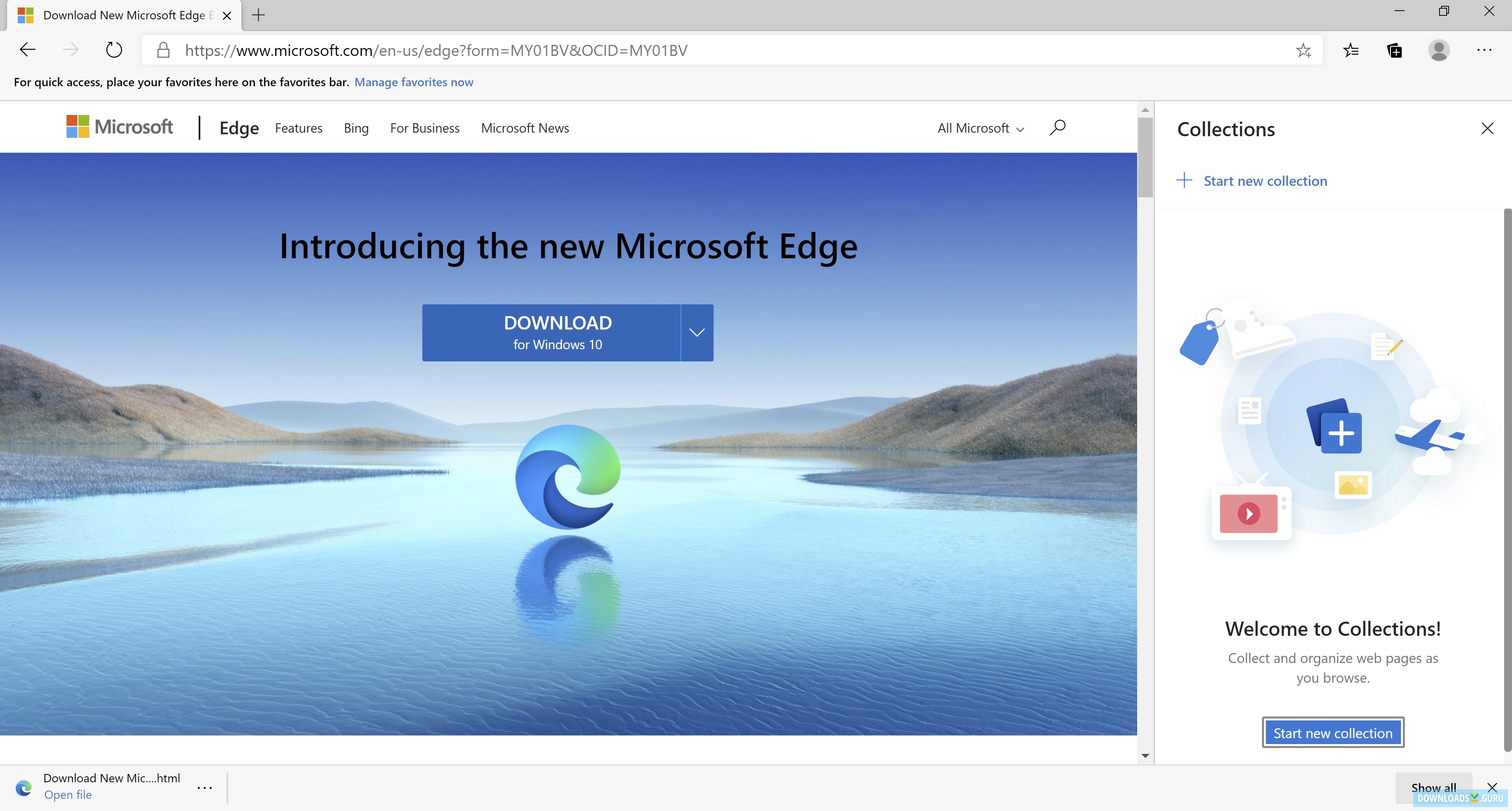
Also notice I offer repairing of the installation for the available deployment: 🙂Īgain, for your convenience, here’s a few snippets of the new deployment types as well as the new installation/uninstallation programs. The native Powershell script disables auto updating within the registry, and I don’t want to mix management of settings with the actual deployment. I did use the feature to easily download the binaries and create the application, but I created 2 new deployment types based on the. However, I chose not to fully go with this new feature, as I’m not a fan of the deployment type being based on a Powershell script. Prior to 1910, you would simply create the application or package/program manually and deploy that.įor good measures, here’s a peek at the new feature within 1910 which doesn’t require much introduction and is self-explanatory:

Starting with Configuration Manager version 1910, you can leverage a built-in feature to create and deploy Microsoft Edge as an application. So this is a little something on how I have chosen to deploy, configure and set the new Microsoft Edge as default browser, using a combination of both Microsoft Intune and Configuration Manager.

On Windows Servers, to add the Microsoft Edge administrative template to Active Directory, see the document Configure Microsoft Edge for Windows from Microsoft.Unless you have been hiding under a rock lately, you should be aware that the new Microsoft Edge browser happened and was released in the first stable release on January 15.Īll very exciting and delicious, and we who have been testing with Dev and Beta versions across our enterprises, have been waiting eagerly to be able to offer the one browser to rule them all (hopefully). The above instructions are for a standalone Windows (Professional and higher) computer.

It downloads MicrosoftEdgePolicyTemplates.cab. Then, click on the “GET POLICY FILES” link.Select the appropriate browser version, build, and bitness from the dropdown boxes in that link.



 0 kommentar(er)
0 kommentar(er)
